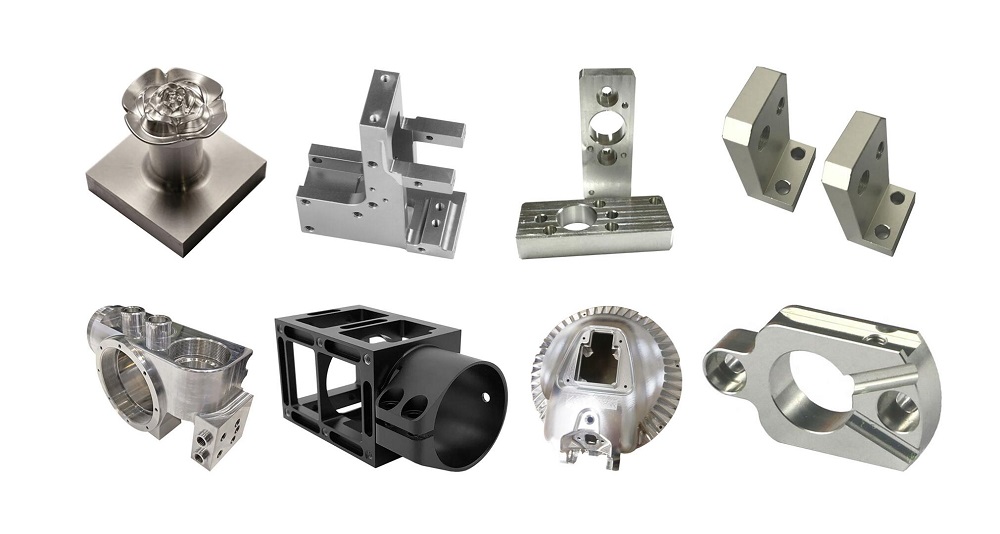Faced with the huge market of hundreds of billions of yuan and the lack of standards and chaotic competition, 22 scientific research institutions, listed companies and leading enterprises in the mainland officially signed a joint research alliance for LED lighting standard optical components yesterday.
China's LED companies compete for the industry standard discourse rights. These 22 units include the National Semiconductor Lighting Engineering R&D and Industry Alliance, Guangdong Industrial Technology Research Institute, Dehao Runda, and Jingke Electronics.
Due to the lack of uniform specifications and standards, LED lighting applications on the market today have a wide variety of products, different performance, and poor interchangeability, which brings severe challenges to the entire industry. The research alliance of LED lighting standard optical components is intended to solve the problem that the interface software of LED lighting products is not uniform and the interchangeability is poor.
On the other hand, under the pressure of energy conservation and emission reduction, LED lighting is vigorously promoted from the country to the local. It is expected that the industry scale of China's LED lighting will reach 500 billion yuan in 2015. Therefore, all parties are seized the opportunity to develop standards. The LED lighting standards being developed by the country are mainly aimed at the light source effect and safety of the terminal products.
At present, Guangdong enterprises account for 60% of the national LED market share, more than 3,000 LED companies in Guangdong Province, employing more than 500,000 people. In 2011, the output value of the LED industry in Guangdong Province reached 150 billion yuan, which has grown substantially for two consecutive years. The output value of this year is expected to reach 200 billion yuan, an increase of 30.
Ye Jingtu, deputy director of the Guangdong Provincial Department of Science and Technology, said that the establishment of alliances can reduce the repeated research and development of enterprises, and more importantly, form a patent system and break through the international patent blockade.
Yue Ruisheng, secretary-general of the International Semiconductor Lighting Alliance (ISA), said that the International Commission on Illumination, the International Electro-Electrical Committee, the European Commission for Light Engines, the US Energy Star, and the ISA are all setting standards for LED lighting to compete for industry voices. The key to the success of standards lies in science and practicality. Chinese companies hope to start from the application market and participate in this competition.
Yan Jun, executive deputy secretary-general of the National Semiconductor Lighting Engineering R&D and Industry Alliance, told the “First Financial Daily†that China has the opportunity to break through the foreign LED patent blockade because foreign LED patents have expired; moreover, LED upstream patents are not exclusive monopolies. European, American, Japanese, Korean, and Chinese Taiwanese companies all have related patents; in addition, the number of LED patent applications in China is also increasing. During the 11th Five-Year Plan period, there were more than 1,000 LED patent applications, including more than 400 invention patents.
The mainland application market is very large. We will make the market bigger. After we get down the river, once we form our own patents and standards, we can try to cross-license the patent with the upstream. Yan Jun said.
CNC milling is a machining process that uses computer-controlled and rotating multi-point cutting tools to incrementally remove material from a workpiece and produce a custom-designed part or product. The process is suitable for machining a variety of materials such as metal, plastic, wood, and producing a variety of custom designed parts and products. CNC Milling Machining has evolved over the years to produce precision milling parts that meet the stringent requirements of today's demanding industries. The applications for CNC Milled Parts are nearly endless and span many industries such as aerospace, automotive, robotics, medical and so on.
In the CNC machining industry, we generally divide it into CNC milling, CNC turning, and CNC turning and milling composite processing, and now also include a little CNC grinding. Three-axis CNC, four-axis CNC and five-axis CNC machining are commonly used in CNC milling. How many axes CNC are used for a workpiece mainly depends on the complexity of the workpiece and the accuracy requirements of the workpiece. We usually choose the machine tool and determine the processing technology according to the material, structure and precision requirements of the workpiece, and improve production efficiency and reduce production costs on the premise of ensuring that the requirements of the workpiece are met.
SCZY includes a batch of CNC milling machines imported from Switzerland and Japan, and some CNC milling machines produced in China. We can choose suitable machine tools for processing according to the specific requirements of customers' products, so as to achieve the best product state and the best economic state. Our highest accuracy can reach ±0.005mm (specifically, it is also determined according to the material of the workpiece and the complexity of the workpiece). Here are some of the products we've made:

CNC Milling Services, CNC Milled Parts, CNC Milling Machining, CNC Milling Metal, CNC Milling Plastic
Shenzhen SCZY Technology Co.,Ltd , https://www.szsczycasting.com